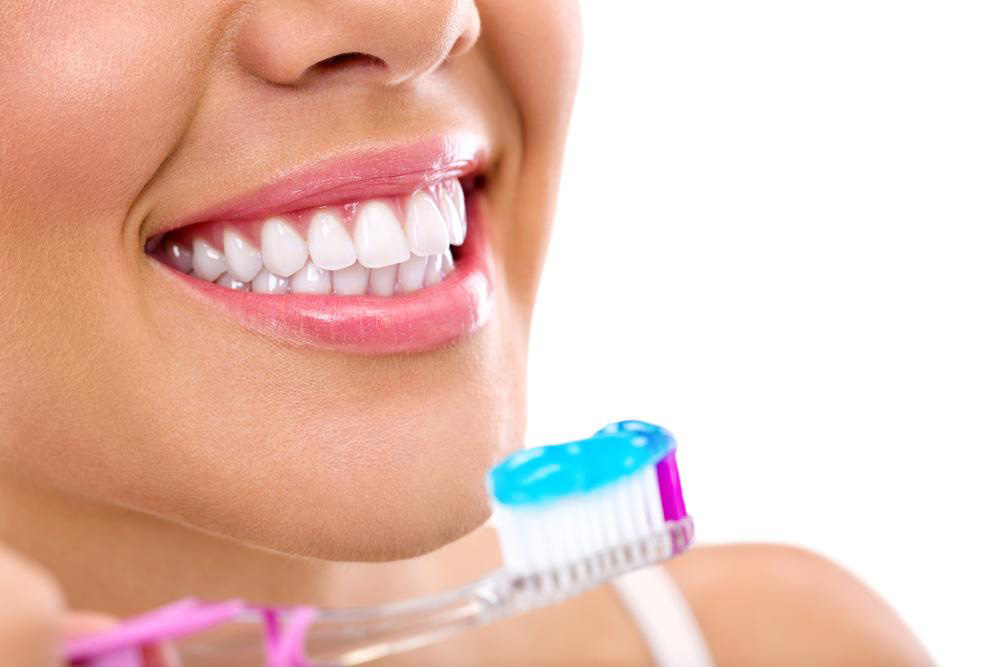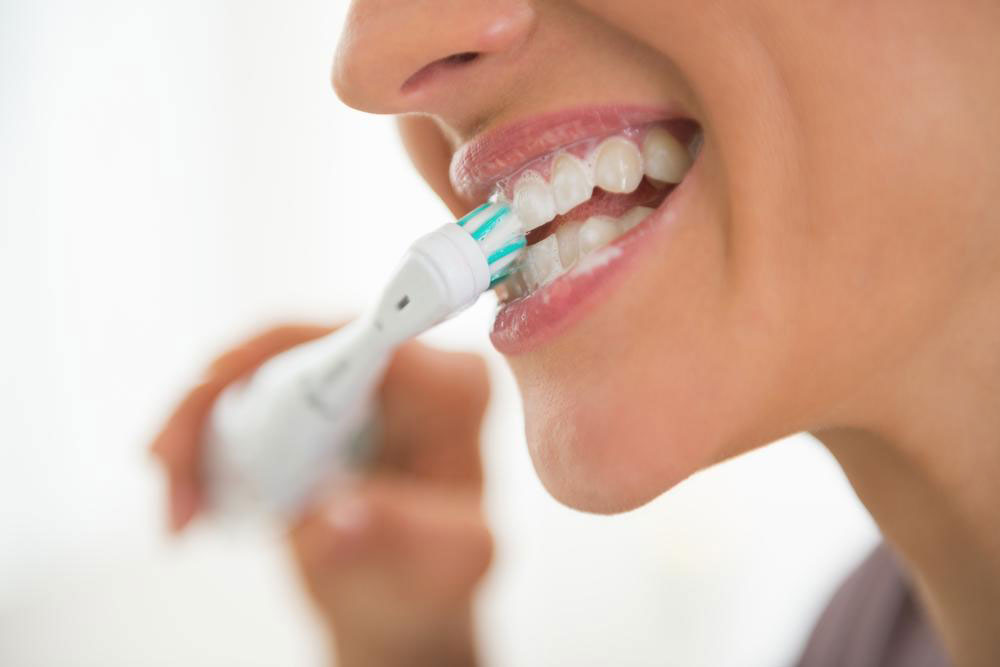Comprehensive Guide to Recognizing and Preventing Oral and Dental Health Problems
This comprehensive article explores common signs of oral health problems, their causes, and preventive strategies. It emphasizes the importance of regular dental check-ups, good hygiene practices, and lifestyle choices to maintain healthy teeth and gums. Early detection and prompt treatment are key to avoiding serious dental complications and supporting overall health. Learn how to identify symptoms like bad breath, mouth sores, swelling, loose teeth, and sensitivity, along with practical advice on prevention and oral care routines for a healthier smile.

Understanding Signs and Risks of Oral and Dental Health Issues
Maintaining optimal oral health is vital for overall well-being, yet many people overlook the early warning signs of dental and oral problems. These issues can affect anyone regardless of age, lifestyle, or health status. Early identification of symptoms coupled with prompt dental care can prevent minor concerns from escalating into serious health complications. Regular dental examinations, ideally twice a year, play a crucial role even when no symptoms are apparent, serving as a preventive measure to safeguard your oral health.
Common signs indicating potential dental or oral health issues include persistent bad breath that persists despite regular brushing and flossing, mouth sores that linger longer than two weeks without healing, unusual swelling or lumps in the gums or mouth, loose or shifting teeth, and increased sensitivity to hot, cold, or sweet foods and drinks. Recognizing these symptoms early allows for timely intervention, which can significantly improve treatment outcomes and preserve your natural teeth and gums.
A variety of factors contribute to the development of oral health problems. Poor oral hygiene practices, such as irregular brushing and flossing, facilitate the accumulation of plaque—a sticky film of bacteria. Consuming diets high in sugars fuels bacterial growth leading to tooth decay and cavities. Insufficient fluoride intake reduces the teeth's resistance to acid attacks from bacteria and food, increasing the risk of cavities. Dental injuries, including cracked, chipped, or broken teeth, can expose the inner layers of the tooth, making them more vulnerable to infection. Habits like chewing on hard objects, nail-biting, or grinding (bruxism) can weaken the enamel and stress dental structures.
Additionally, dry mouth—often a side effect of medications, aging, or certain health conditions—limits saliva production. Saliva plays a crucial role in neutralizing acids and washing away food particles, so reduced saliva flow creates an environment conducive to bacterial growth, caries, and gum disease. Stress can also cause or exacerbate issues like canker sores, mouth ulcers, and grinding. Genetics may predispose some individuals to specific dental problems, including periodontal disease or weak enamel integrity.
To proactively safeguard your oral health, practice good daily hygiene, such as brushing twice daily with fluoride toothpaste, flossing at least once a day, and using antibacterial mouthwash. Avoid harmful habits like smoking, excessive alcohol consumption, and chewing on hard objects. Maintain a balanced diet low in sugary foods and beverages and ensure adequate fluoride intake. Regular dental check-ups not only help detect problems early but also enable professional cleaning to remove stubborn plaque and tartar. Addressing oral health issues promptly reduces the risk of infections, tooth loss, and related systemic health problems such as cardiovascular disease and diabetes.
In conclusion, understanding the signs of oral and dental health issues and taking preventive measures are essential steps toward a healthy smile and overall health. Don't ignore persistent symptoms—consult your dentist regularly and adopt healthy habits for lifelong dental wellness.





